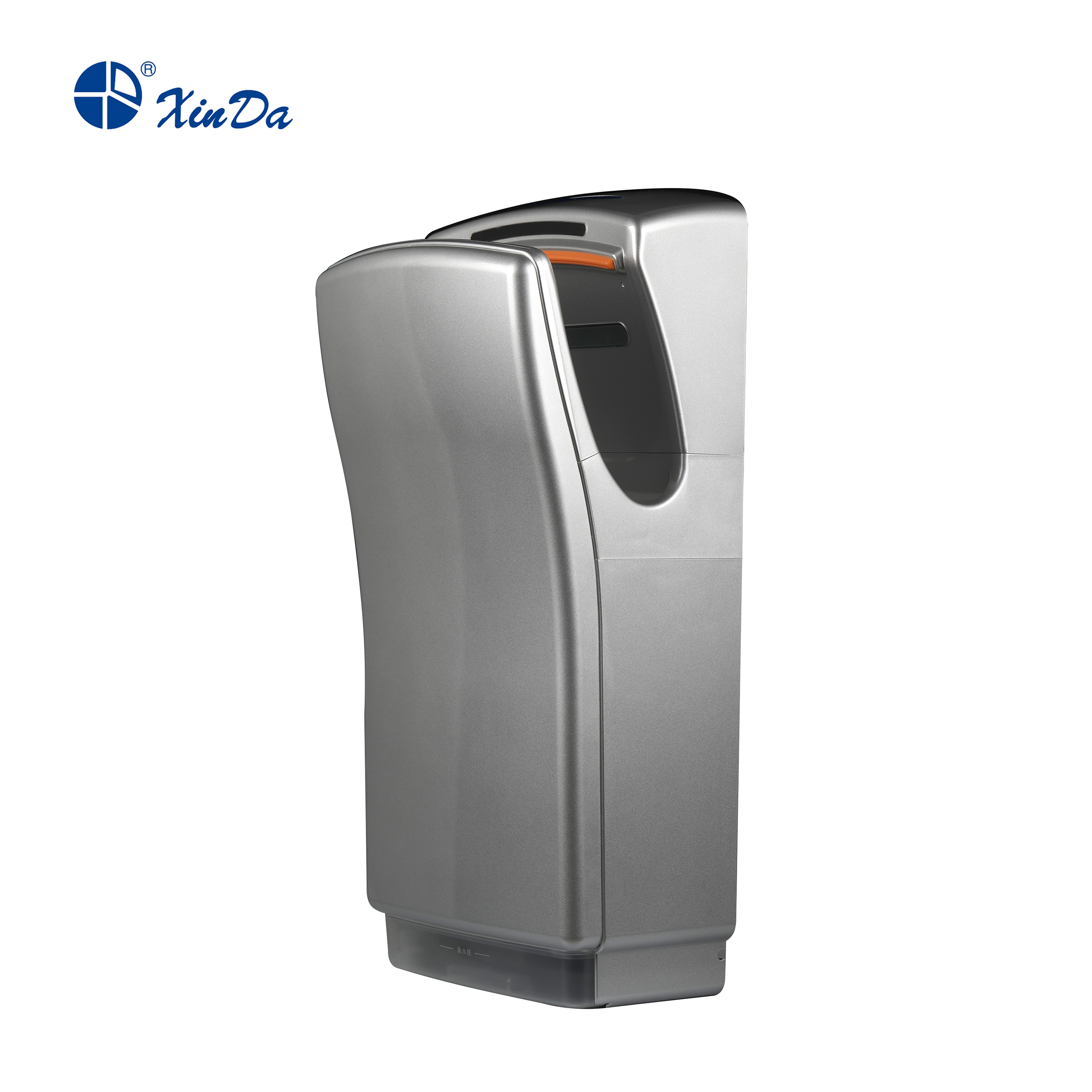With the wide application of LEDs, LED heat dissipation issues are getting more and more attention. The thermal performance of LEDs will directly affect the life of LED products.
Misunderstanding analysis of LED heat dissipation
The misunderstanding of LED heat dissipation is mainly reflected in the following aspects:
1. Internal quantum efficiency is not high
That is, when electrons and holes recombine, photons cannot be generated 100%, and it is generally called "current leakage" to lower the recombination rate of carriers in the PN region. The leakage current multiplied by the voltage is the power of this part, that is, it is converted into heat energy, but this part does not occupy the main component, because the internal photon efficiency is now close to 90%.
2. The internally generated photons cannot be completely emitted to the outside of the chip and finally converted into heat.
This part is the main one, because the current external quantum efficiency is only about 30%, and most of it is converted into heat.
3. Excessive dependence on thermal materials
Because of the high-tech materials used, the heat can be dissipated. Its practical ordinary aluminum heat dissipation, after repeated tests, the temperature of the heat sink is only 3-5 degrees Celsius higher than the bottom of the radiator. That is to say, if a material with excellent thermal conductivity can be used, the temperature can be lowered by 3-5 degrees Celsius when the thermal resistance is zero.
4. Superstition heat pipe
The heat pipe has a good thermal conductivity, which is beyond doubt. But the heat that is derived from the heat sink eventually needs to go tropical through air convection. If there are no fins that dissipate heat, the heat pipe will soon reach thermal equilibrium and the temperature will rise with the heat sink. If you add heat sink fins to the heat pipe, you will eventually use fins to dissipate heat. Moreover, the contact points of the fins and the heat pipes are not as good as other ways. The result is a high cost and no improvement in heat dissipation. However, it is useful to use heat pipes on integrated LEDs, but it must be structurally sound!
5. Faithful to some manufacturers of nano-radiation materials
Radiation heat dissipation is negligible in the current temperature of LED lamps at around 50 degrees Celsius. The radiation coatings promoted by the manufacturers, even if they have a good radiation effect as advertised, even if they reach the radiation capacity of blackbody radiation, their heat dissipation is only a few percent. Moreover, the coating itself hinders the heat transfer, which affects the heat dissipation of the convection.

How to deal with LED heat dissipation
Let's take a look at the solution to the LED heat dissipation problem.
Solution 1, aluminum fins
This is the most common way to dissipate heat, using aluminum fins as part of the enclosure to increase heat dissipation.
Scheme 2, thermal plastic shell
The use of LED insulation heat-dissipating plastic instead of aluminum alloy to make the heat sink can greatly improve the heat radiation capability.
Scheme 3, Aerodynamics
The use of the shape of the lamp housing creates convective air, which is the lowest cost way to enhance heat dissipation.
Scheme 4, liquid bulb
The liquid bubble encapsulation technology is used to fill a transparent liquid with a high thermal conductivity into the bulb of the lamp body. This is the only technology that uses the light-emitting surface of the LED chip to conduct heat and dissipate heat in addition to the principle of reflection.
Option 5, the use of the lamp holder
In household-type, smaller-power LED lamps, the internal space of the lamp cap is often used to partially or completely put the heat-generating drive circuit. This makes it possible to dissipate heat from a lamp head having a large metal surface such as a screw cap because the lamp cap is in close contact with the metal electrode of the lamp holder and the power cord. Therefore, a part of the heat can be derived from heat dissipation.
Scheme 6, insulating heat-dissipating plastic instead of aluminum alloy
The insulating heat-dissipating plastic replaces the aluminum alloy to make the heat sink. The LED-insulated heat-dissipating plastic improves the heat radiation capability by 4-8 times while maintaining the heat-dissipating ability and the aluminum alloy. The LED heat sink made of this heat dissipating material can greatly improve the overall heat dissipation effect.
Scheme 7, integration of heat conduction and heat dissipation--application of high thermal conductivity ceramics
The purpose of heat dissipation of the lamp housing is to reduce the operating temperature of the LED chip. Since the LED chip expansion coefficient is very different from the commonly used metal heat conduction and heat dissipation material expansion coefficient, the LED chip cannot be directly soldered to prevent high and low temperature thermal stress from damaging the LED chip. The latest high thermal conductivity ceramic material, the thermal conductivity is close to aluminum, and the expansion system can be adjusted to synchronize with the LED chip. In this way, heat conduction and heat dissipation can be integrated to reduce the intermediate part of heat conduction.
An automatic Hand Dryer is a sanitary ware appliance for drying or drying hands in the bathroom. It is divided into an induction type automatic hand dryer and a manual hand dryer. The working principle of the hand dryer is generally that the sensor detects a signal (hand). This signal is controlled to turn on the heating circuit relay and the blowing circuit relay to start heating and blowing. When the signal detected by the sensor disappears, the contact is released, the heating circuit and the blowing circuit relay are disconnected, and the heating and blowing are stopped.
It overcomes the shortcomings of the Wall Mounted Hand Dryer that the air can not be discharged in multiple directions and the skin temperature of the hands is too high. It aims to provide a hand dryer that circulates the air in multiple directions. An air guiding device, the air guiding device is provided with air guiding blades, and the rotation of the air guiding device or the swinging of the air guiding blades causes the High Speed Hand Dryer to circulate and not direct the wind.
Automatic hand dryers are advanced and ideal sanitary cleaning appliances and equipment. It is mainly used in hotels, restaurants, scientific research institutions, hospitals, public entertainment venues and the toilets of each family. After washing your hands, put your hands under the air outlet of the automatic hand dryer, the automatic hand dryer will automatically send out comfortable warm air, and quickly make your hands wet and dry, and when you leave the air outlet of the automatic hand dryer When it automatically shuts down the wind again. It can meet the requirements of not drying hands with towels and preventing cross infection of diseases.

Hand Dryer
Quiet Hand Dryers,Touchless Hand Dryer,High Speed Hand Dryer,Wall Mounted Hand Dryer
Taishan Jie Da Electrical Co., Ltd , https://www.ts-jieda.com